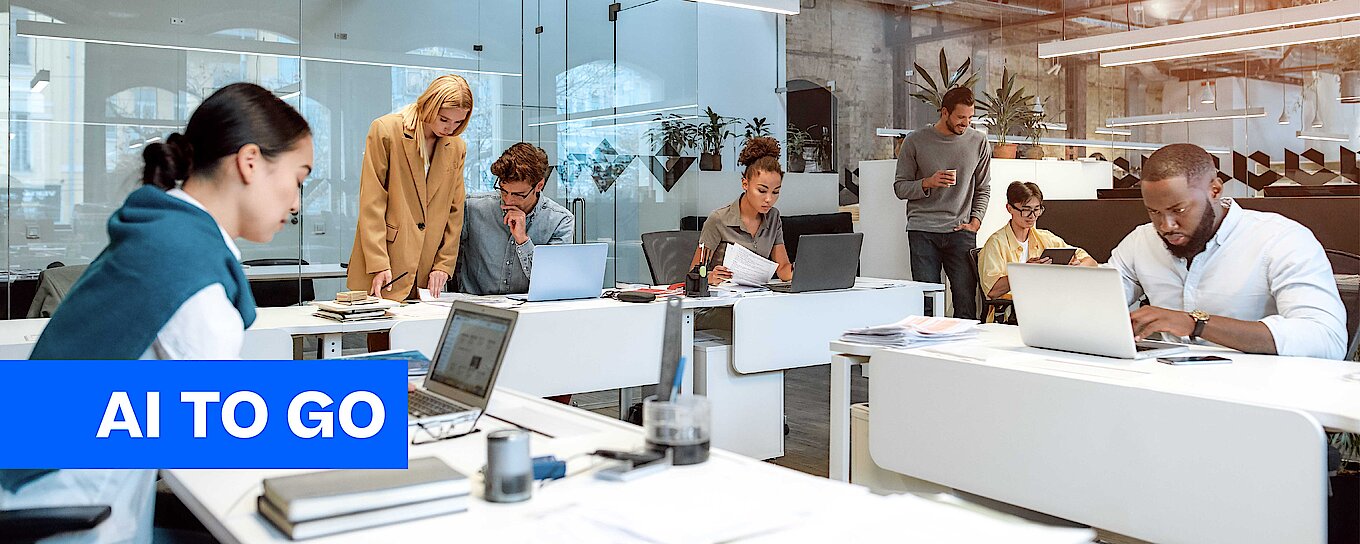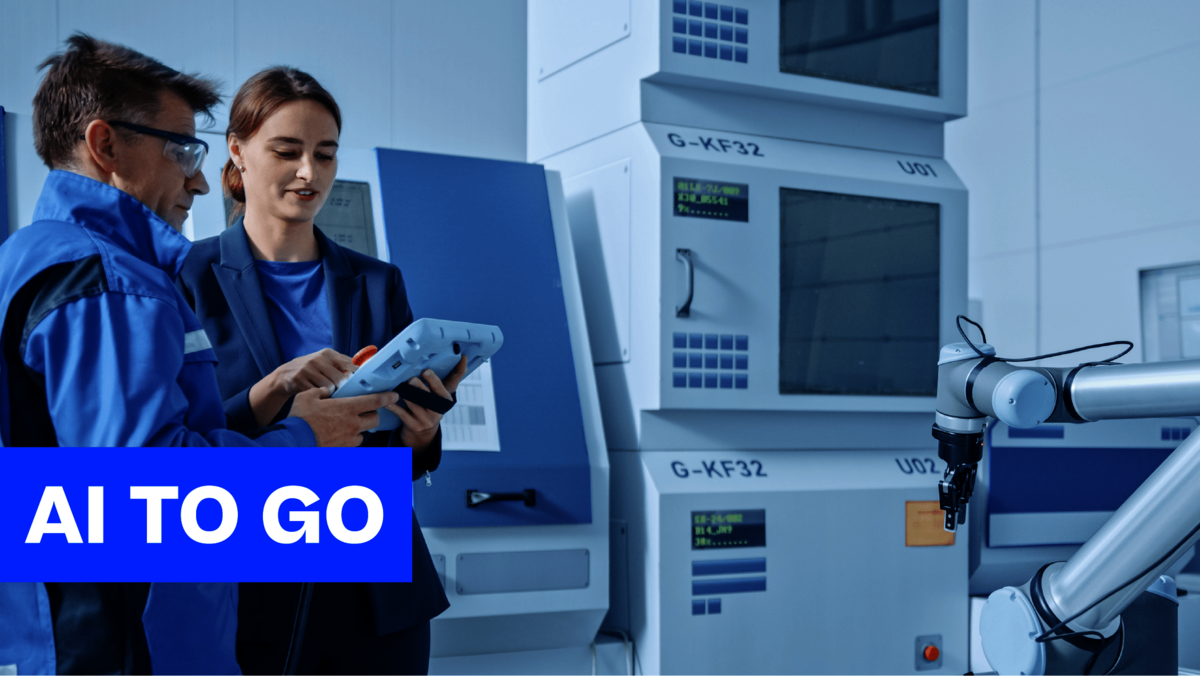In the dynamic landscape of design and technology, Design Systems and Artificial Intelligence (AI) have found common ground. While traditionally, design systems have been perceived as a cornerstone of design, providing a structured framework for maintaining consistency and usability, AI's influence is reshaping industries and revolutionizing how designers work and innovate bringing new opportunities to the table. The convergence of these two powerful forces is opening up exciting possibilities and redefining the future of design and digital experiences and also amplifying the human touch rather than replacing it.
Design Systems: The Constructor
Design Systems, as we know them today, have evolved significantly over the years on constructing the baseline for consistency. They are comprehensive collections of assets and guidelines that ensure a single source of truth for all visual and interactive pieces of a product.
They support design and development teams with a shared language facilitating UX/UI frameworks to achieve a unified, collaborative and scalable user-centric experience over time.
Körber Design System, for instance, is meant for building digital products and experiences within the organization, tailoring our products to users from different backgrounds and contexts of usage. We strive for accessibility and intuitive applications that are self-explanatory to our users.
AI: The Disruptor
AI, on the other hand, represents a disruptive force in design and technology, challenging traditional norms and introducing a layer of intelligent adaptability to the digital design equation. it is a transformative power that can enhance creativity, efficiency, and personalization. AI analyzes data, predicts user behaviors, and dynamically adapts, reshaping the way we approach user experiences and leading to highly tailored design solutions.
Human: The creator
While frameworks and algorithms bring structure, the human is shining on creativity, critical thinking, emotional intelligence and a range of other key personal skills that empower and complement AI's capabilities.
AI can make Design Systems more human!
There's a successful future for everyone and everything in this new world where:
- Design Tasks are Automated: AI can handle routine design chores, such as resizing images, formatting content, and even creating layouts. This frees up designers to focus on more creative and strategic aspects of their work.
- Adaptive Design Emerges: AI analyzes user interactions, guiding Design Systems to evolve dynamically. The human touch interprets emotional nuances, ensuring designs are not just functional but emotionally resonant.
- Innovation Thrives: Designers, assisted by AI, can focus on ideation and innovative thinking. The human touch drives creativity, turning data-driven insights into compelling visual narratives.
- User-Centric Experiences: Design Systems, informed by AI analytics and human intuition, produce user-centric interfaces. This approach anticipates user needs, making digital experiences more intuitive and satisfying.
In the ever-evolving AI-era, the best narrative we can find is a conversation where technology and humanity co-exist to define the next frontier of Design Systems.
Check out our other blog posts to deep dive into the world of AI!





